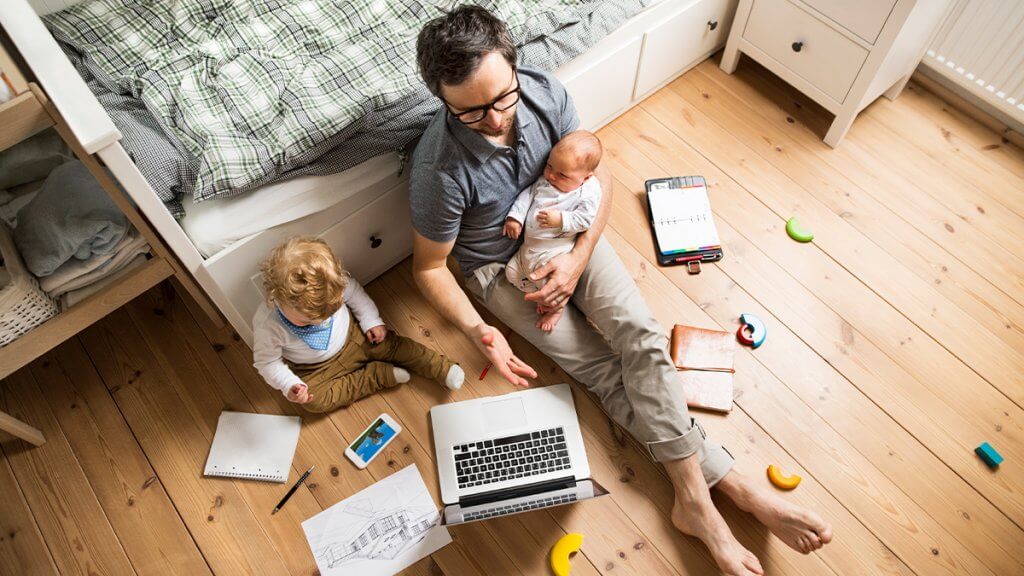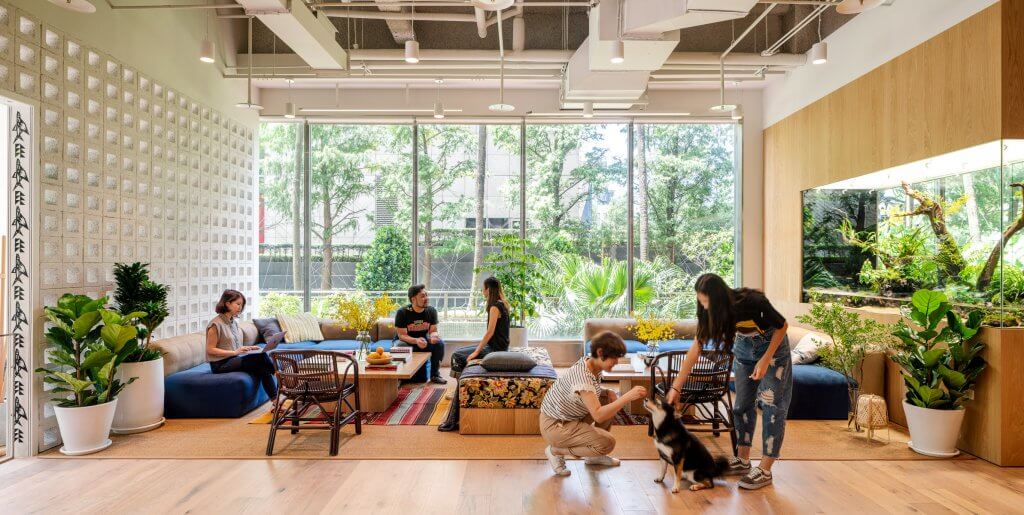Written by: Visualhouse
Photography: Visualhouse
One of the biggest trending topics for debate in recent months has unsurprisingly centred around the workplace and how both our relationship with it and ideologies of it will change in the coming months and years.
The current discourse has not simply been confined to the realm of architects and designers, but all practitioners concerned with the future of our built environment. Everyday we have seen interesting, challenging and ambitious commentary on this topic, with countless creative visionaries utilising these uncertain times to rethink the new normal and address emerging issues around creating environments that allow us to live more sustainable, healthy and fulfilling lives.

Most of us would agree that the transition to home working has been a rather successful one, however this poses many questions on what the future of work looks like post COVID-19.
It is clear that the flexibility of working from home is greatly appreciated but what is also equally obvious is the fact that the daily communication, knowledge sharing and idea generation that comes with being in one place with your colleagues is sorely missed. Humans are social creatures and only now are we beginning to realise the social value of the workplace. Many have postulated that we will move towards an agile working model that embraces flexibility and in turn realigns the workplace as an environment focused on collaboration and fostering a greater sense of community.
It has been proven in a short space of time that most traditionally office bound employees are capable of performing their roles from the comfort of their homes, so in order to convince people to travel into an office it needs to offer something unattainable elsewhere; ultimately helping to enrich our lives and bolster our sense of purpose.

Thanks to co-working pioneers like WeWork and The Office Group, we have experienced a workplace renaissance in the last few years and made immense strides in the effort to offer employees a more wholesome and engaging work life. These companies paved the way for a new type of office environment, where the space itself becomes an active participant in both the creative process and the wellbeing of staff. Instead of small cubicles, workspaces now feature video-enhanced boardrooms, huddle rooms and quiet rooms where you can take time to disconnect. To accommodate for wider social interactions these spaces are usually anchored by a large lounge/kitchen area that encourages both spontaneous interactions and relaxation.
These companies went against the grain and proved that there could be a better way to work. There have however been many questions asked of the shared workspace model and its long term validity, especially in light of an epidemic like COVID-19. The co-working dream is sold on the very basis of social interaction and flexibility but moving forward it is likely that design constraints will be imposed and building densities will change. Only time will tell if this business model can adapt and remain profitable.
There is no doubt in our minds, and that of many others, that if employers are to provide environments that help people find inspiration and motivation, and positively contribute to our wellbeing, the approach to office design will have to quickly evolve, with new design theories being explored and new standards tested within the coming months. But what does this truly mean for the future of our homes and offices? It is hard to predict at this moment in time, but whatever the outcome Visualhouse is here to help the visionaries of today bring shape and context to tomorrow's reality.
